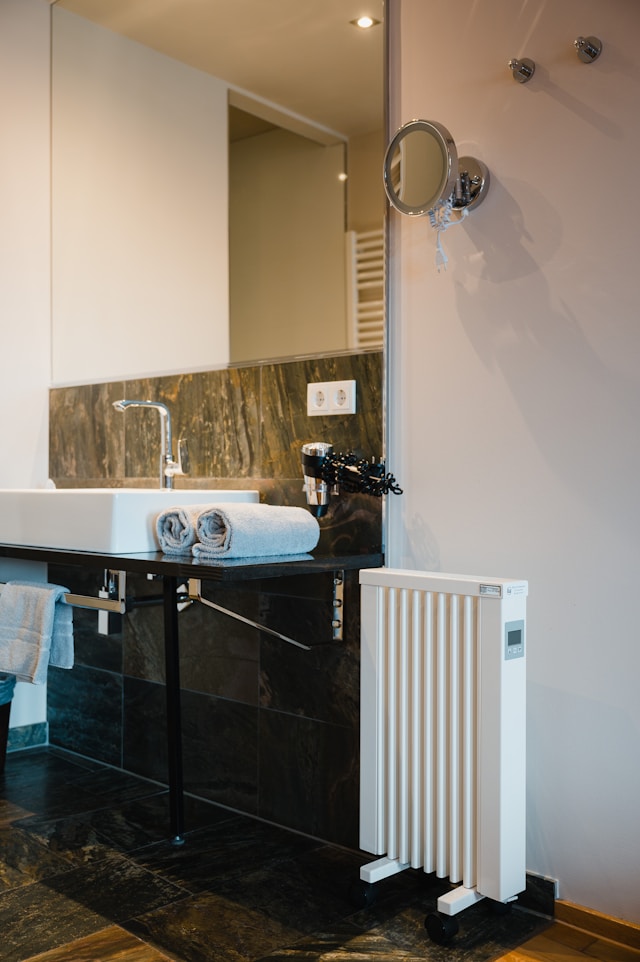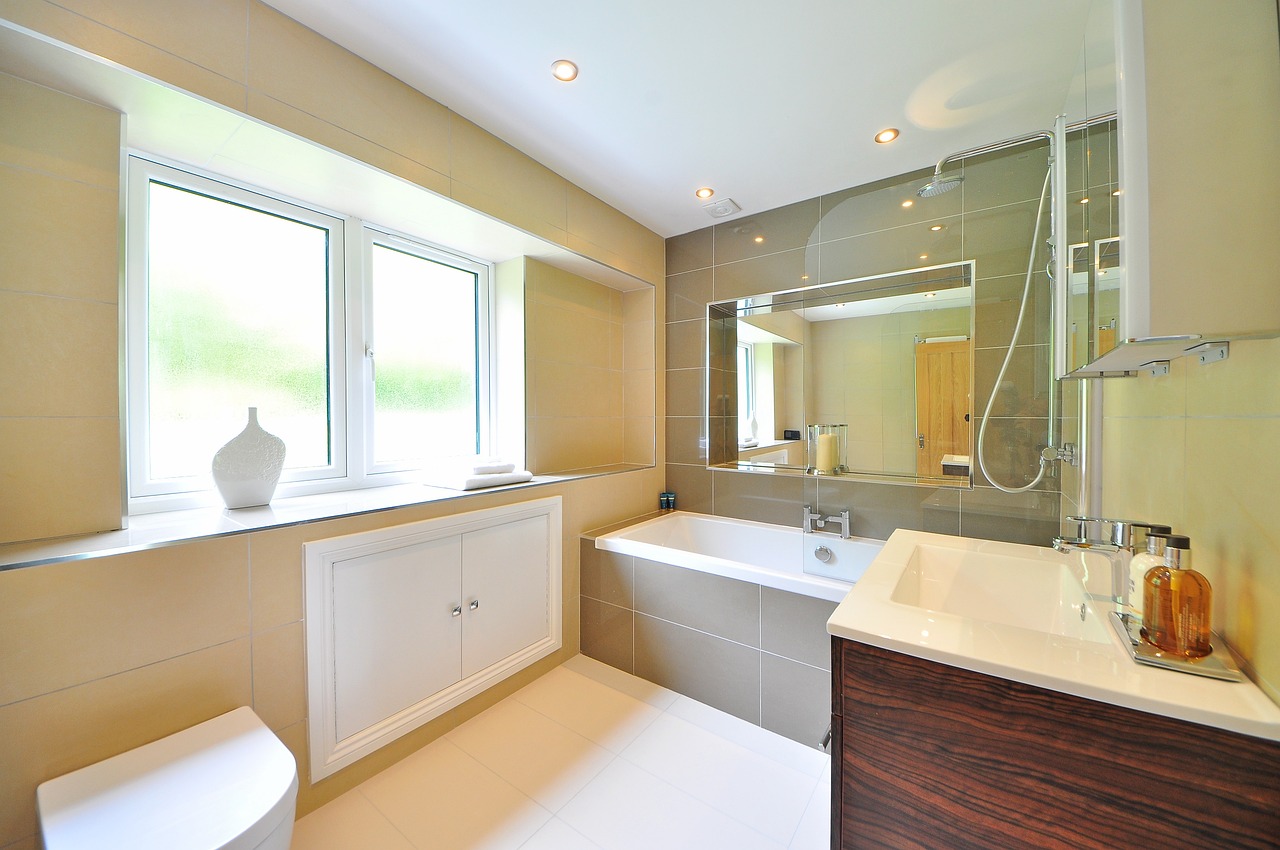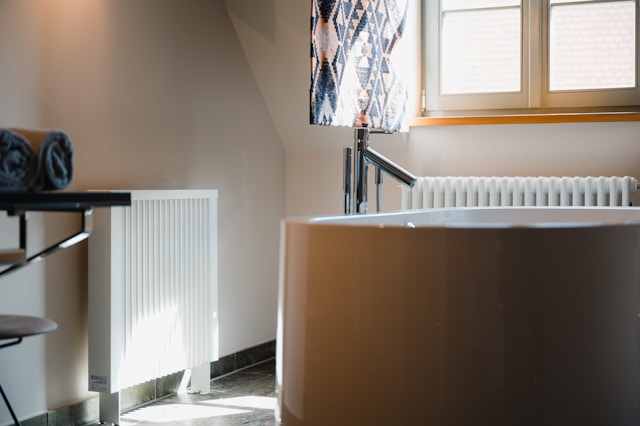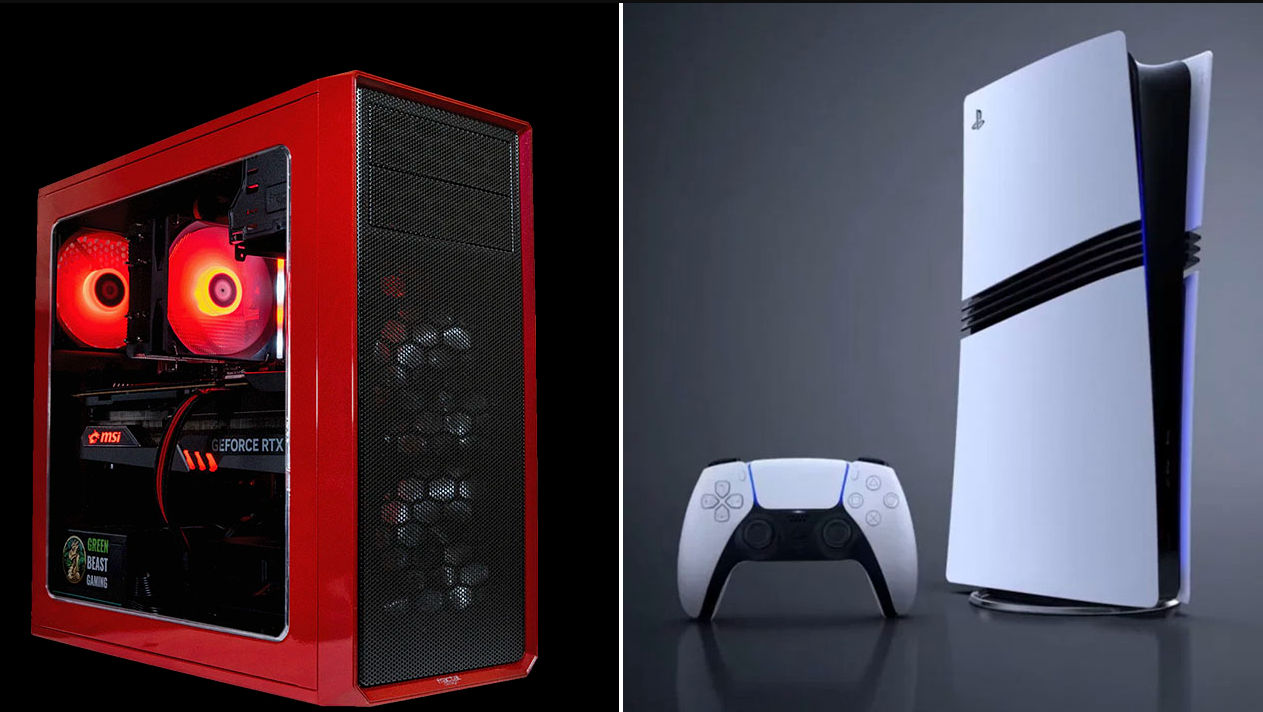When organising a comfortable and functional bathroom space, one of the key points is to ensure an optimal level of heat. The bathroom is not just a place for hygiene procedures, but also a space for relaxation and recuperation. Therefore, choosing the right heater becomes an important task that requires a careful approach and a number of important factors to be taken into account. The importance of this choice is due to the desire not only for comfort, but also for safety, given the high humidity and the peculiarities of the operation of electrical devices in such conditions.
Choosing a bathroom heater involves assessing aspects such as the type of heater, its safety, energy efficiency, usability, design and value for money. Different types of heaters offer a variety of solutions, from infrared models to underfloor heating systems, each with its own benefits and features to suit different conditions and preferences. By considering these factors, you can choose the perfect unit that will not only provide comfortable warmth in your bathroom, but will also be safe and efficient to use.
Let’s look at these aspects in more detail:
Here’s a table comparing the different types of bathroom heaters: Electric Heaters, Water Towel Heaters and Floor Heating, taking into account their key parameters, advantages and disadvantages.
| Parameters / Type of Heater | Electric Heaters | Water towel dryers | Underfloor Heating |
| Main types | Infrared, Convectors, Heaters, Fan Heaters | Connected to the heating system, Electric | Electric, Water |
| Average power | 0.5 – 2 kW | 0.1 – 0.5 kW | Depending on the area of the room |
| Energy efficiency | Medium to high | High (depends on the heating system) | High |
| Installation | Simple, often portable models | Requires connection to the heating system | Complex, requires professional installation |
| Cost | Medium | Medium (may be high when installed) | High (especially during installation) |
| Safety | High with moisture protection | High, but requires proper installation | High |
| Advantages | – Fast heating- Portable models are available- Wide selection | – Aesthetically pleasing- Dual function: drying and heating- Low consumption when connected to the heating system | – Uniform heat distribution- Doesn’t take up space- Increases the value of the property |
| Disadvantages | – Can be noisy (fan heaters)- May increase energy costs | – Dependence on central heating- May be ineffective in the summer period | – High cost of installation- Difficult to modify after installation |
Types of Bathroom Heaters

When choosing a bathroom heater, it’s important to consider the different types, each with its own unique features and benefits:
1. Electric heaters
- Infrared Heaters: These devices heat objects and surfaces in the room rather than the air. They are ideal for baths as they provide fast and targeted heating, minimising condensation and mould.
- Convectors: Work by convection of air, distributing heat evenly throughout the room. They are more efficient in large bathrooms and provide a constant temperature.
- Fan heaters: These are small, portable devices that heat the air quickly. They are ideal for temporary use and small spaces, but can be noisy.
2. Water heated towel rails
- Central heating: These heaters use hot water from the central heating system to heat towels and the air in the bathroom. They are efficient, but they depend on the central heating system to work.
- Electric towel rails: They operate independently of the heating system and can be used all year round. Ideal for regions without central heating or as a supplementary heat source.
3. Underfloor heating
- Electric Underfloor Heating: It is a system of warm mats or cables installed under tiles. Provides even heating and foot comfort, but requires initial installation costs.
- Water Floor Heating: Integrates into the home heating system and uses hot water to heat the floor. It is a more complex and expensive system, but it is efficient and economical in the long term.
Safety in Wet Conditions

The bathroom is a high-humidity environment, so the heater must be specifically designed for this environment and have an appropriate degree of protection against moisture (IP).
Matching the Capacity and Volume of the Premises

The selection of heater power should be based on the size of the bathroom: approximately 1 kW of power for every 10 square metres.
Energy efficiency
Choose models with high energy efficiency to save energy, heaters with adjustable thermostats are especially valuable.
Design and Convenience
The heater should blend in with the interior and be easy to use, for example with timers or remote control.
Price Range and Warranty Liabilities
The cost of heaters varies depending on the type, features and manufacturer. It is also important to pay attention to the warranty and reputation of the brand. Sometimes it is worth investing in a more expensive model if it is more reliable and economical to use.
Choosing the right bathroom heater requires careful consideration of all of the above aspects. A properly selected heater will not only provide comfort and warmth, but will also be safe and economical in the long term.
Choose your bathroom heater and enjoy the benefits of discounts from reBITme. Good luck with your choice!!!





